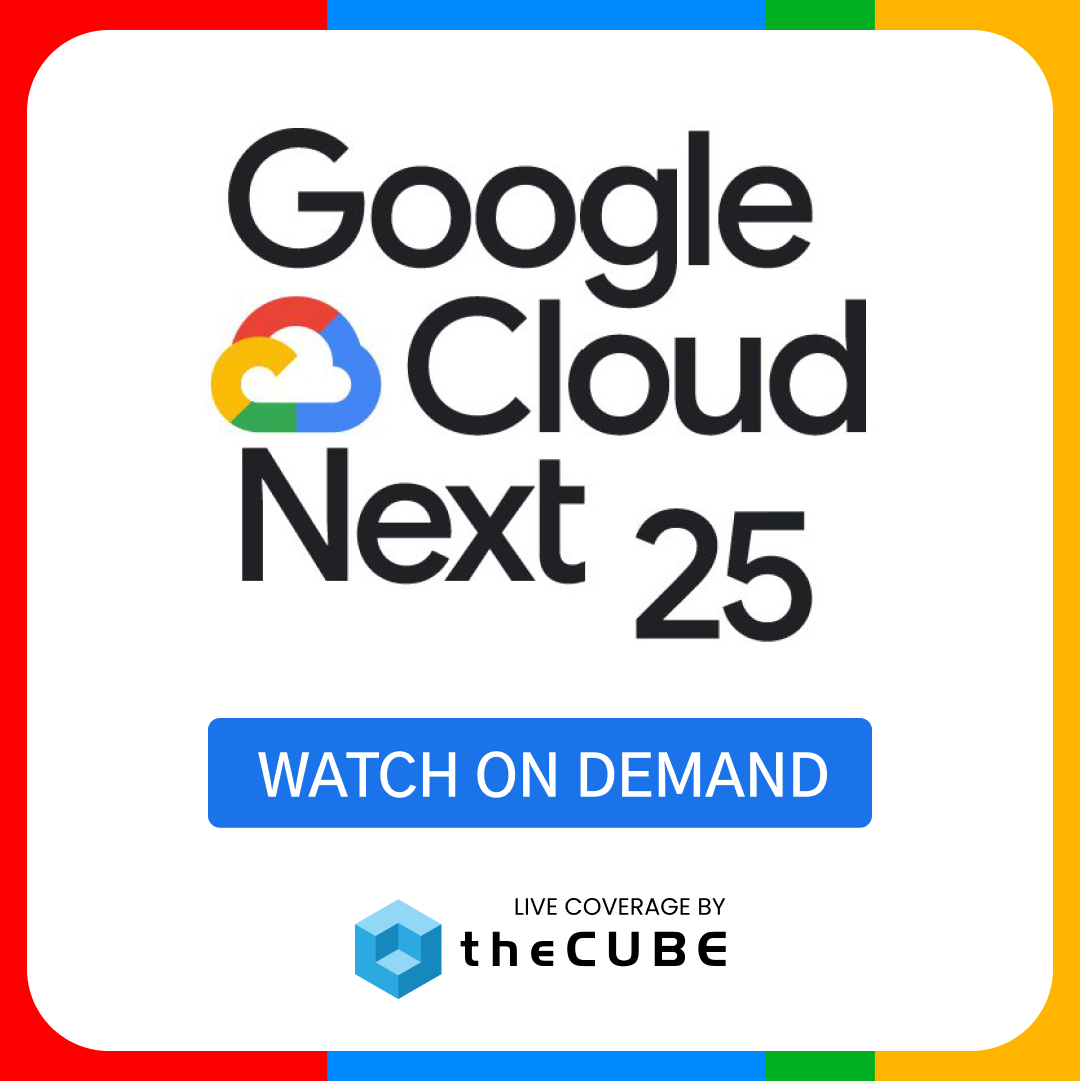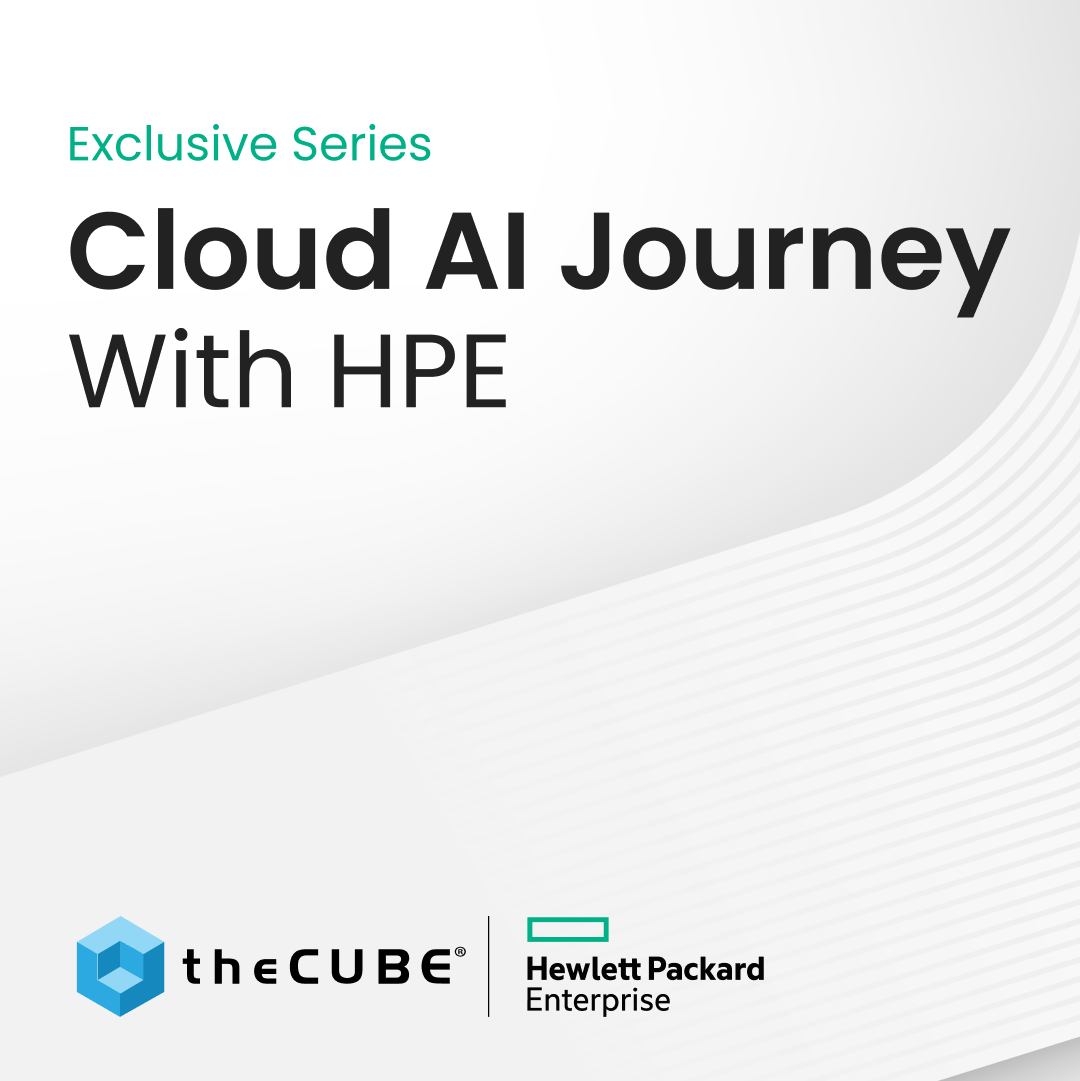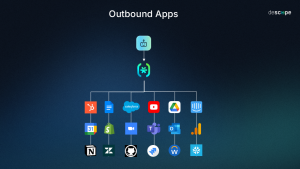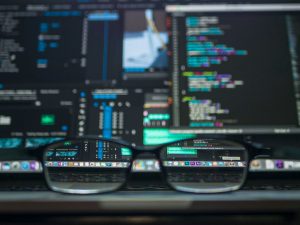The Future History of Net Neutrality
While working on a non-DigSoc project, I ran across this statement from the Association of American Railroads:![]()
• In fact, from 1980 through 2009, U.S. freight railroads reinvested more than $460 billion — more than 40 cents out of every revenue dollar — back into their networks.
• The main alternative to the vertical integration model is the “open access” model, in which multiple railroads operate over tracks they do not own. The right-of-way is owned by the government or a government-approved manager.
• When Argentina and Mexico restructured their rail industries, an “open access” regime was initially considered but met with an overwhelmingly negative response from potential investors who were not interested in committing funds to railroads if competitors could appear at any time and capture the economic benefits of those investments. Investors realized that in a capital-intensive industry like railroading, “open access” simply entails too much risk for private investment.
• Investors also recognized that “open access” would make it more difficult to operate a railroad efficiently and profitably due to government interference and a lack of coordination between infrastructure investment decisions and operational goals.
• Where open access has been implemented, additional rail-to-rail competition has been slow to develop and problems have abounded. As Mercer Management Consulting, a firm deeply involved in rail restructurings all over the world, testified at a U.S. Senate hearing, “No country has been successful in implementing [open] access without providing significant and, in some cases, unexpected government subsidy of rail service.”
The U.S. rail model is of “vertical integration,” in which a railroad generally both owns the track and operates trains over that track. The efficient U.S. model has resulted in huge productivity gains, sharply lower average rail rates, and massive reinvestment by railroads back into their systems.
It may seem that transporting bits is a lot different from transporting coal and machinery, but there are many commonalities among different types of networks, and one of the failures of the net neutrality movement is its lack of interest in learning from experience in other areas.
[Cross-posted at Digital Society]
A message from John Furrier, co-founder of SiliconANGLE:
Your vote of support is important to us and it helps us keep the content FREE.
One click below supports our mission to provide free, deep, and relevant content.
Join our community on YouTube
Join the community that includes more than 15,000 #CubeAlumni experts, including Amazon.com CEO Andy Jassy, Dell Technologies founder and CEO Michael Dell, Intel CEO Pat Gelsinger, and many more luminaries and experts.
THANK YOU

















